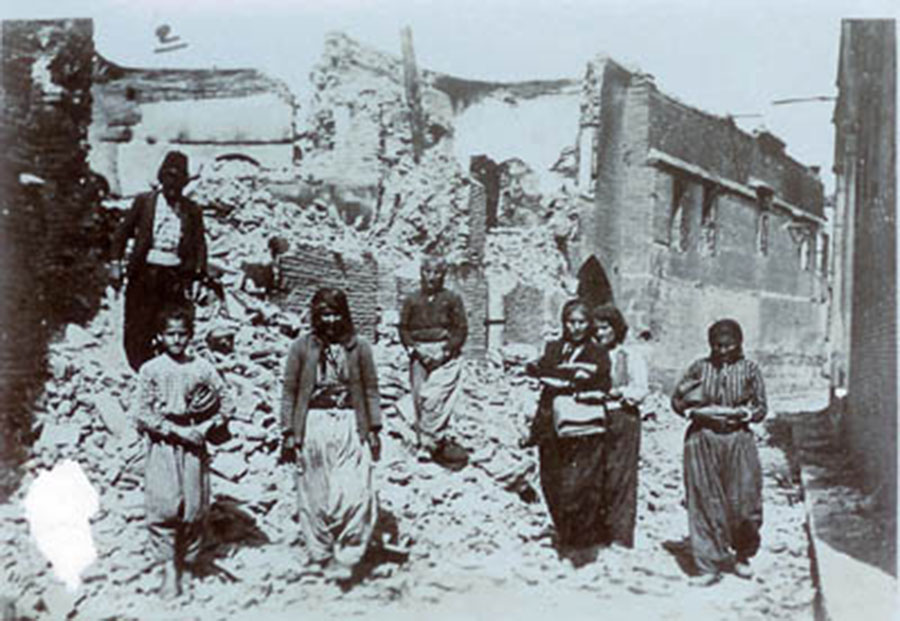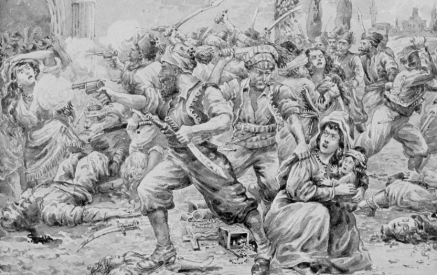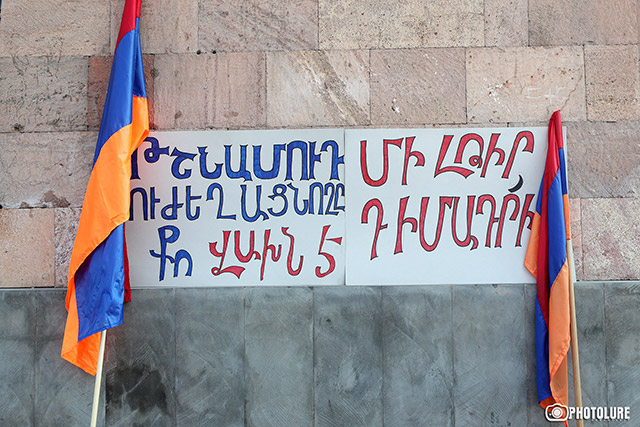Rev. Dr. Vahan Tootikian
April 2024 is the 115th anniversary of the Adana Massacre, when an estimated 30,000 Armenians were brutally slaughtered.
Prior to the Armenian Genocide of 1915-1923, this was the first large-scale massacre of Armenians in the Ottoman Empire in the 20th century. It started in the province of Adana in April 1909. The atrocities coincided with the counter-revolution staged by the supporters of Sultan Abdul-Hamid II, “The Red Sultan” (1876-1909), who had been forced to restore the Ottoman Constitution as a result of the 1908 Young Turk Revolution led by the Committee of Union and Progress (CUP).
The province of Adana was one of the rich and fertile regions of Cilicia. The most important city of the province was the city of Adana, after which the entire province took its name. Armenians constituted the majority of the city.
Read also
The violence was most severe in the city, where about 5,000 Armenian dwellings were torched. The violence spread throughout the province, and Armenians in smaller outlying towns and villages were slaughtered. All across the Cilician plain, villages were attacked and plundered.
The intensity of the carnage and the strong protest by the surviving Armenian leadership prompted the Turkish government to open an investigation. The Investigation Commission was chaired by Hagop Babigian, a community leader and member of Turkish Parliament. Before the official report was released, Babigian was found dead in his house under mysterious circumstances. The unofficial reports, however, implicated not only the sympathizers of Sultan Hamid II but also the Young Turks. The Young Turks denied the charge, blaming reactionary elements that strove to discredit their regime.
What was the underlying cause of the massacre? In a nutshell, it was anti-Armenian sentiment nurtured by the Ottoman government. For many years, Armenians in the Ottoman Empire were denied basic human rights of life and liberty. They openly lamented their plight, appealing to the European nations to intercede with the Ottoman government. The government made promises for reform but did not comply with them. When in 1876 Sultan Abdul-Hamid II ascended to the throne, he abrogated the Ottoman Constitution and introduced a reign of tyranny.
On June 10, 1908, when members of the Committee of Union and Progress (Ittihad vé Térakki) toppled the Sultan, all minorities in the Ottoman Empire, including Armenians, breathed a sigh of relief. When the Young Turks declared “Liberty and Equality” to all, the Armenians believed that a new day had dawned. The Armenian political parties excitedly welcomed the new regime, some of which wholeheartedly supported it.
Alas, Armenians were naively deceived by the false promises of the Young Turks. The intoxicating enthusiasm generated by the Ittihadist Movement did not last long. Eventually the masks fell, and in the end, the truth revealed that the Young Ittihadist Turks were, in essence, no different than the fanatical Ottoman Turks. The Ittihadists secretly adopted a policy of establishing a Pan-Turanic [Turkish] Empire—a plan that strove towards assimilating into the Turkish mainstreams all the ethnic groups within the empire and forming a centralized government. So, while the tightrope-walking Ittihadists preached liberty and equality on the one hand, they were, on the other hand, formulating plots against the Armenians and other Christian subjects of the empire.
Indeed, not even a full year had elapsed since the Young Turks assumed power when, on April 1, 1909, groups of frenzied mobs attacked Armenians all over Cilicia. Turkish soldiers who were supposed to stop the murderers joined them instead. Within a few weeks, 30,000 Armenians were mercilessly slaughtered.
Armenians of all persuasions suffered great losses. Besides human loss, churches, schools, clubs and even homes were burned and plundered.

Armenian survivors of the Adana massacres at the ruins of their houses. (Photo: The Armenian Genocide Museum-Institute)
Unfortunately, the government of the Young Turks did not deal with the massacre seriously; it simply went through the motions. The fact is that the government was implicated in this terrible catastrophe. No wonder this pogrom became only a prelude to the Armenian Genocide of 1915-1923.
Today, 115 years have passed since the tragic events of the Adana Massacre, and we still remember and commemorate this sad event. Why? We remember our martyrs, because the suffering of our people is an integral part of our identity that cannot be erased. We remember them to emphasize the fact that acts of violence will not be forgotten, and we, the living, have a responsibility to speak out on the wrongs of the past as well as the wrongs of the present.
Furthermore, remembering our martyrs, we, the descendants of the survivors of the Adana Massacre, are determined not to allow the tyrants to escape the judgment of history. We struggle for justice and demand the Turkish government to admit its responsibility for the crimes committed against Armenians, render reparations to the Armenian people and return the usurped lands to its rightful owners, the Armenian people.




























































